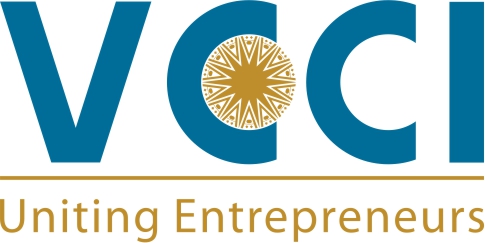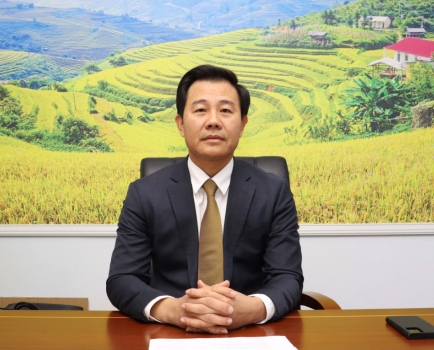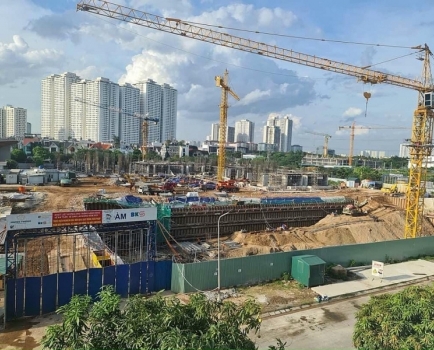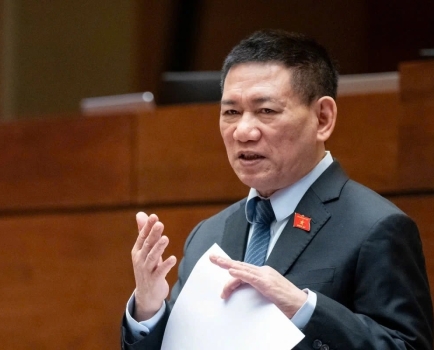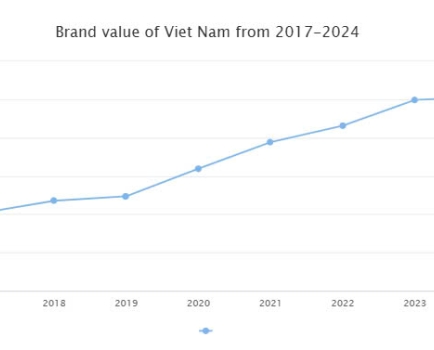Challenges in reviving stalled projects
Wed, 06 Nov 2024 19:07:00 | Print | Email Share:
Recently, some "frozen" real estate projects have shown signs of restarting. However, successfully reviving these projects is no simple task for businesses (DN) due to the numerous difficulties and challenges they face.
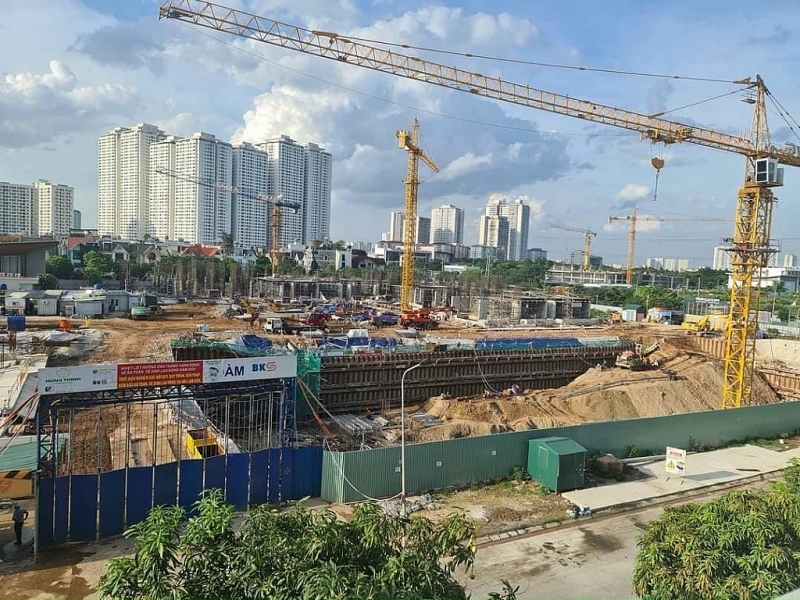 Some real estate projects being restarted. Photo: Internet
Some real estate projects being restarted. Photo: Internet
Numerous opportunities for businesses as projects restart
From late 2022 to the present, with the decisive direction of the Prime Minister and the timely and effective intervention of the Prime Minister's Task Force, some real estate projects have overcome legal and policy bottlenecks, allowing them to resume development.
A number of abandoned real estate projects have been revived, particularly apartment projects in major cities like Hanoi and Ho Chi Minh City, driven by the context of apartment prices consistently reaching new highs.
Some notable examples in Hanoi include the Hanoi Melody Residences project (Linh Dam, Hoang Mai District), the QMS Top Tower project (To Huu, Nam Tu Liem District), and The Summit Building (Tran Duy Hung, Cau Giay District).
Other localities witnessing project restarts include Astral City (Thuan An City, Binh Duong) and E-City Tan Duc urban area (Duc Hoa, Long An).
The Vietnam Real Estate Brokers Association (VARS) views this revival trend as not only an opportunity for investors to maintain their production and business operations but also a significant contribution towards addressing the housing demand.
This positive momentum has been, and will continue to be, propelled by the support of both the Government and the private sector, particularly through M&A activities in the real estate market.
Specifically, the Government has implemented numerous policy adjustments and directed support to encourage businesses to reactivate stalled projects. These measures include tax reductions and relaxed regulations on capital borrowing.
Notably, new regulations stipulate that projects left "idle" for 48 consecutive months risk land revocation without compensation. This has instilled a greater sense of urgency among investors to revive their projects.
The participation of new investors, particularly foreign entities, through M&A activities has also been remarkable. This influx is facilitated by the improved legal framework, fostering a more transparent investment environment.
Financial pressure looms large
However, successfully restarting these projects is far from straightforward, as significant challenges and difficulties remain.
Even with legal obstacles cleared, financial pressure presents a formidable hurdle for businesses.
This financial strain is a key factor contributing to the unsuccessful revival of some projects.
Primarily, long-abandoned projects often suffer from infrastructure degradation, necessitating substantial restoration costs. Furthermore, financial expenses accumulated during the suspension period erode the initially projected profits.
Consequently, many investors, upon reviving their projects, resort to launching sales with asking prices double that of the previous phase to achieve profitability.
This price surge, unmatched by any quality improvement, results in projects failing to gain market acceptance.
VARS emphasizes the need for thorough consideration and meticulous calculations when restarting stalled projects. In numerous cases, accepting lower profits, breaking even, or even incurring losses might be necessary to effectively resolve existing issues.
Prioritizing the maintenance and stability of operations and ensuring the continuity of production and business activities should take precedence over maximizing profits.
Seeking and collaborating with reputable partners is also a viable strategy to alleviate financial pressure.
Collaborations with high-quality partners hold the potential to unlock new avenues and enhance the likelihood of securing economic benefits.
Experts suggest that for projects halted due to legal issues, the Government should expedite the resolution process, decisively removing obstacles faced by businesses. This would enable seamless project implementation, boost supply, alleviate market pressure, and ultimately make housing prices more affordable.
Concretely, efforts should focus on systematically identifying and classifying projects facing obstacles, establishing clear criteria for prioritizing their resolution, and ensuring thorough and efficient handling to avoid delays and ineffectiveness.
Furthermore, as investors actively work towards project completion, meeting necessary criteria for restarting or engaging in M&A activities, regulatory bodies must remain attentive to market dynamics. They should be prepared to adapt and refine policies if any signs of misalignment arise.
By: Hoai Anh/Tran Minh, Customs News
Source: https://english.haiquanonline.com.vn/challenges-in-reviving-stalled-projects-31980.html
---------------------------------------------
Same category News :
